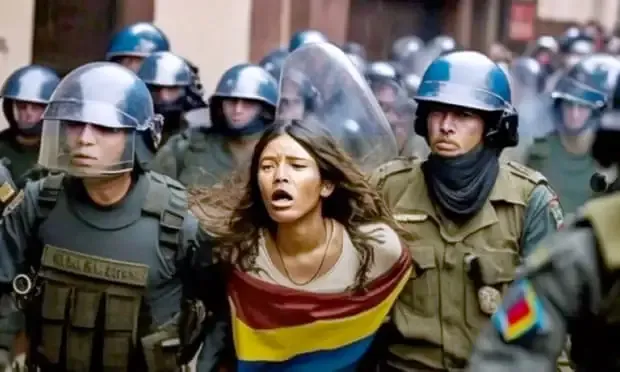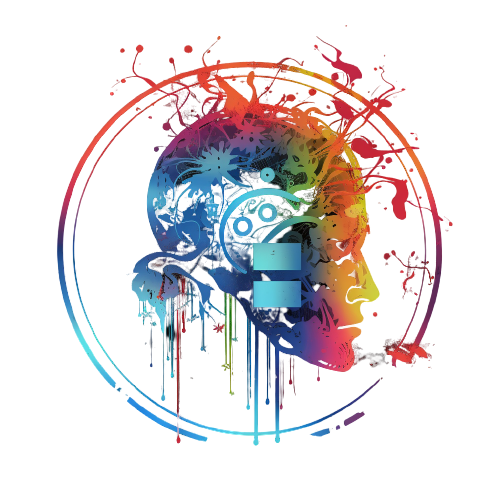Amnesty International's AI-Generated Images Controversy: Impact on Credibility and Journalism
Amnesty International faces criticism for using AI-generated images in their social media campaign on Colombian police brutality. Learn about the implications and ethical dilemmas this presents.

The Controversy Over AI-Generated Images
Amnesty International recently faced backlash for using AI-generated images to highlight Colombian police brutality during the 2021 national protests. The images, although meant to protect the identity of protesters, were criticized for being misleading and undermining the organization's credibility. This controversy has sparked debates on the use of artificial intelligence in journalism and its potential impact on credibility and journalistic ethics.
Why Amnesty International Chose AI-Generated Images
Amnesty International claimed that using AI-generated images was to protect protesters from potential state retribution. The organization has documented hundreds of cases of human rights abuses committed by Colombian police during the 2021 unrest, including violence, sexual harassment, and torture. Despite including text stating the images were AI-produced, critics argue that this choice could feed conspiracy theories and contribute to the spread of fake news.
The Dangers of Using AI in Journalism
Photojournalists and media scholars have warned that using AI-generated images could harm the credibility of Amnesty International's work. Juancho Torres, a photojournalist based in Bogotá, stated that in an era full of fake news, relying on AI-generated images could further erode trust in the media. The use of AI-generated images also raises questions about the potential for misinformation and the authenticity of news content.
Impact on Photojournalists
Using AI-generated images in place of actual photos taken by journalists has been called an insult to photojournalists who risk their lives to cover protests. AI-generated images not only lose the connection between journalists and people but also raise questions about plagiarism and the future of photojournalism. Some argue that using AI-generated images undermines the efforts of journalists who put themselves in danger to capture the reality of events.
Amnesty International's Response
Amnesty International has removed the criticized images from social media and acknowledged the need to address the ethical dilemmas posed by using such technology. Erika Guevara Rosas, director for Americas at Amnesty, said the organization aims to understand better the implications and their role in addressing these issues. Amnesty International has expressed its commitment to engaging with the public and learning from the criticism they received.
The Debate Continues
While AI-generated images may offer a way to protect protester identities, they also present concerns about credibility, journalism ethics, and the impact on the industry. The controversy surrounding Amnesty International's choice has sparked a crucial debate about the appropriate use of AI in journalism. As artificial intelligence continues to advance, it is essential to establish guidelines and ethical standards for its use in the media.
The Role of the Public
In this era of information overload and fake news, the public plays a critical role in demanding accurate and credible news content. By engaging in discussions about AI-generated images and their impact on journalism, individuals can contribute to shaping the future of the industry.
Stay Connected and Informed
Stay updated on this controversy and other relevant topics! Sign up for our newsletter and connect with Vuk Tanaskovic on LinkedIn. Share your thoughts and opinions on this issue, and help contribute to an informed discussion.
